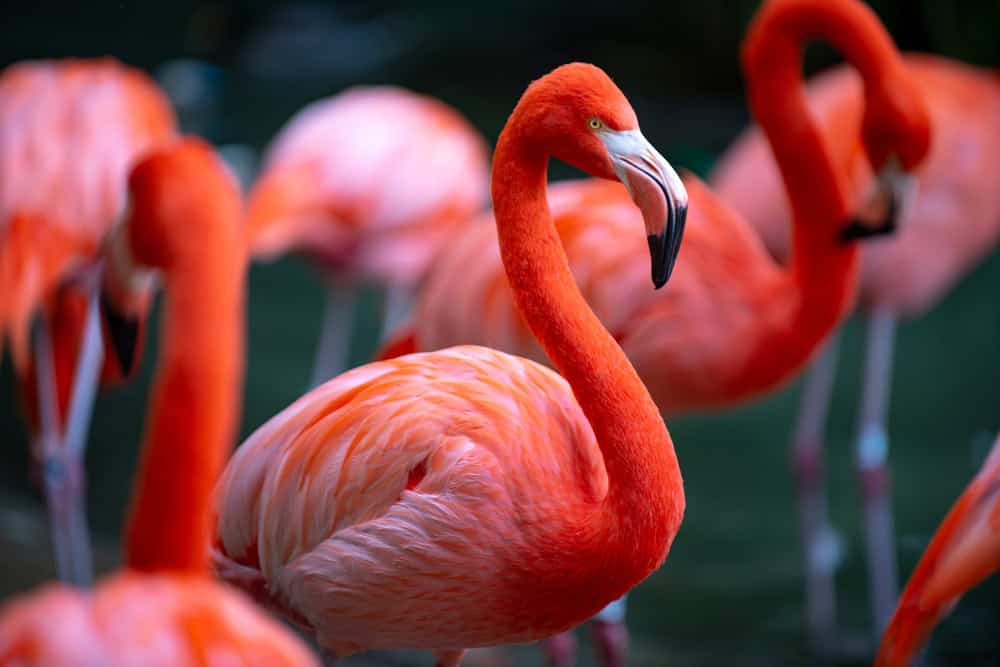Exploring the world of rare flowers takes us to some of the most remote and fascinating corners of the globe. These botanical wonders, often found in isolated and pristine habitats, captivate with their unique beauty and intriguing characteristics. From the ephemeral blooms of the Kadupul Flower to the colossal and pungent Corpse Flower, each species tells a story of survival, adaptation, and the delicate balance of nature. In this list, we delve into 19 of the rarest flower species, highlighting their distinctive features and the extraordinary environments they call home.
Ghost Orchid (Dendrophylax lindenii)
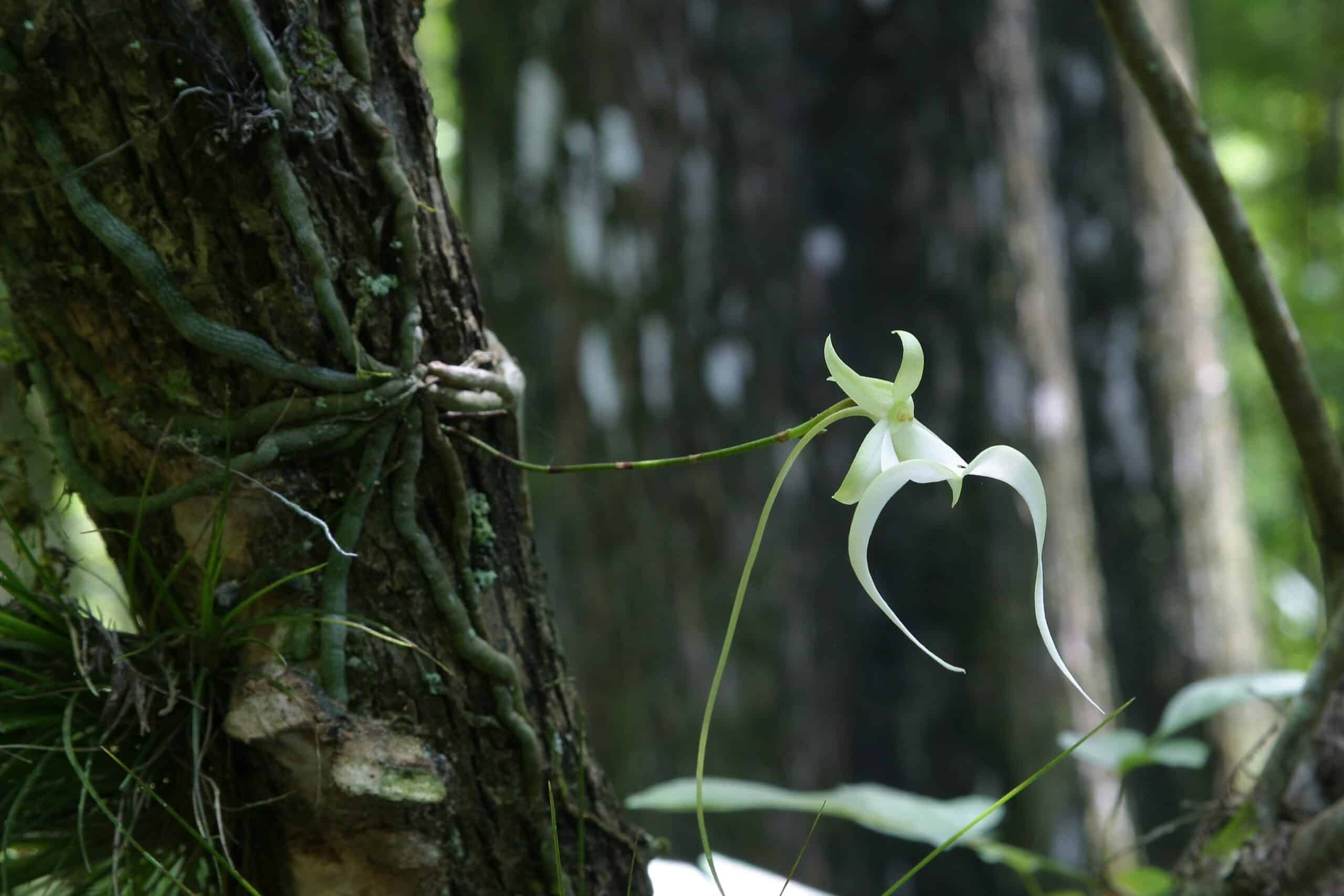
The Ghost Orchid, native to the swamps of Florida and Cuba, is renowned for its ghostly appearance, with delicate white petals that seem to float in mid-air. This orchid lacks leaves and relies on a symbiotic relationship with specific fungi for nutrients, which complicates its cultivation. Blooming from June to August, it requires very specific environmental conditions to thrive. Its rarity and haunting beauty have made it a subject of fascination and conservation efforts.
Jade Vine (Strongylodon macrobotrys)
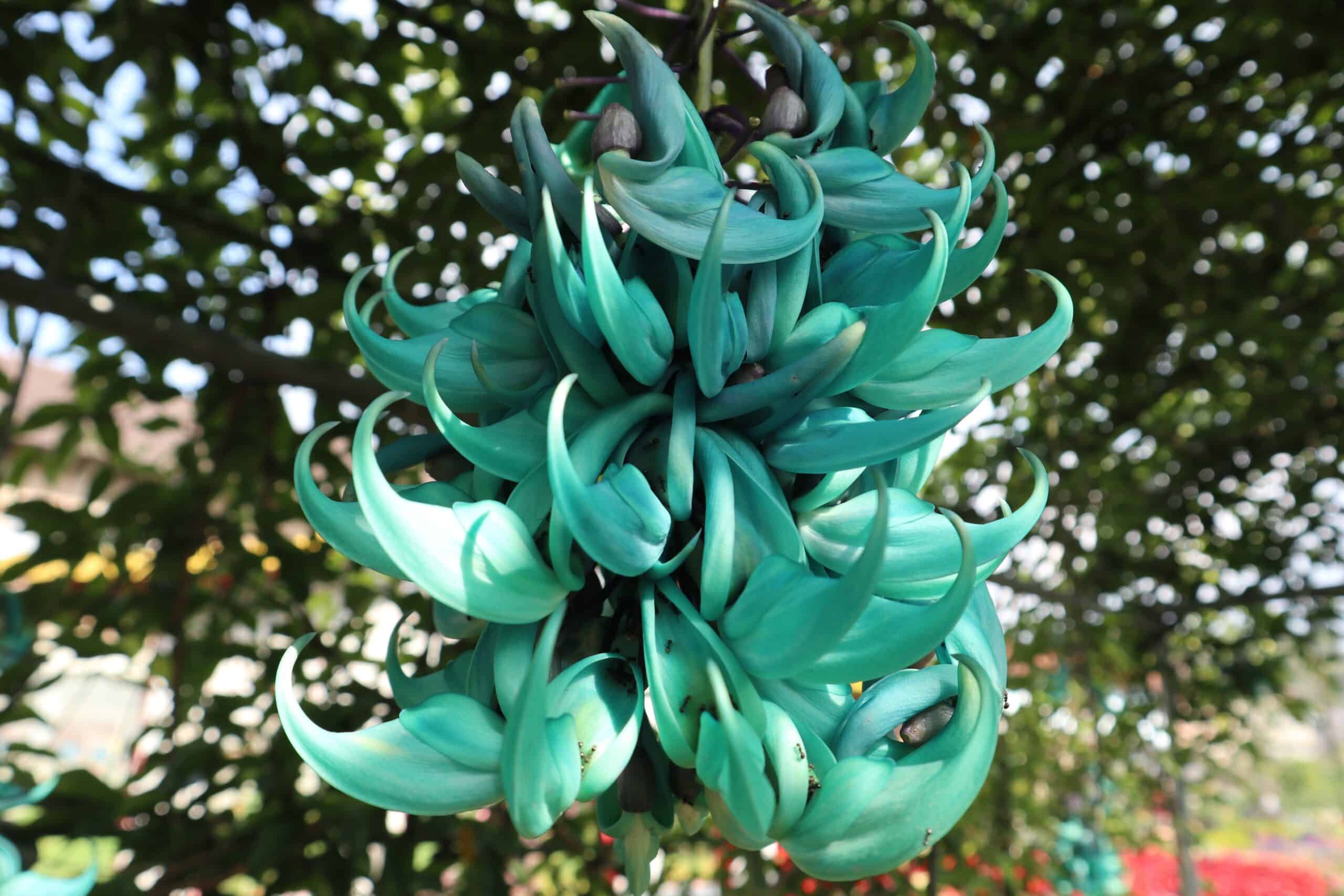
The Jade Vine, native to the rainforests of the Philippines, is known for its striking turquoise-blue, claw-shaped flowers. This vine, which can grow up to 18 meters long, is pollinated primarily by bats. Deforestation has led to a significant reduction in its natural habitat. The plant is cultivated in botanical gardens worldwide to preserve its unique beauty. Its vibrant coloration and unusual flower structure make it a standout in any collection.
Youtan Poluo
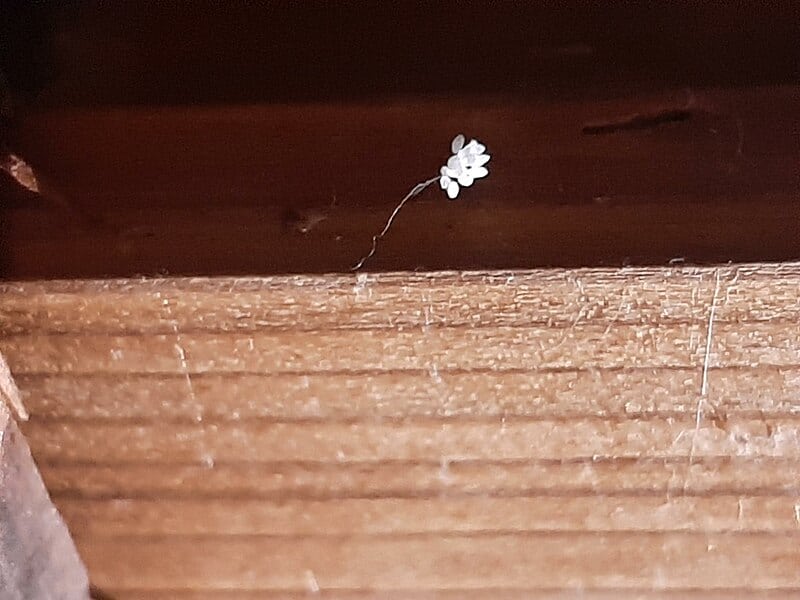
The Youtan Poluo is a tiny, mysterious flower, measuring just 1 millimeter in diameter, and is said to bloom once every 3,000 years. Found in various parts of Asia, including India, Korea, and China, it is often linked to ancient myths and legends. Its minuscule size and infrequent blooming make it extremely difficult to study. The Youtan Poluo’s enigmatic nature continues to captivate botanists and spiritual enthusiasts alike.
Franklin Tree Flower (Franklinia alatamaha)
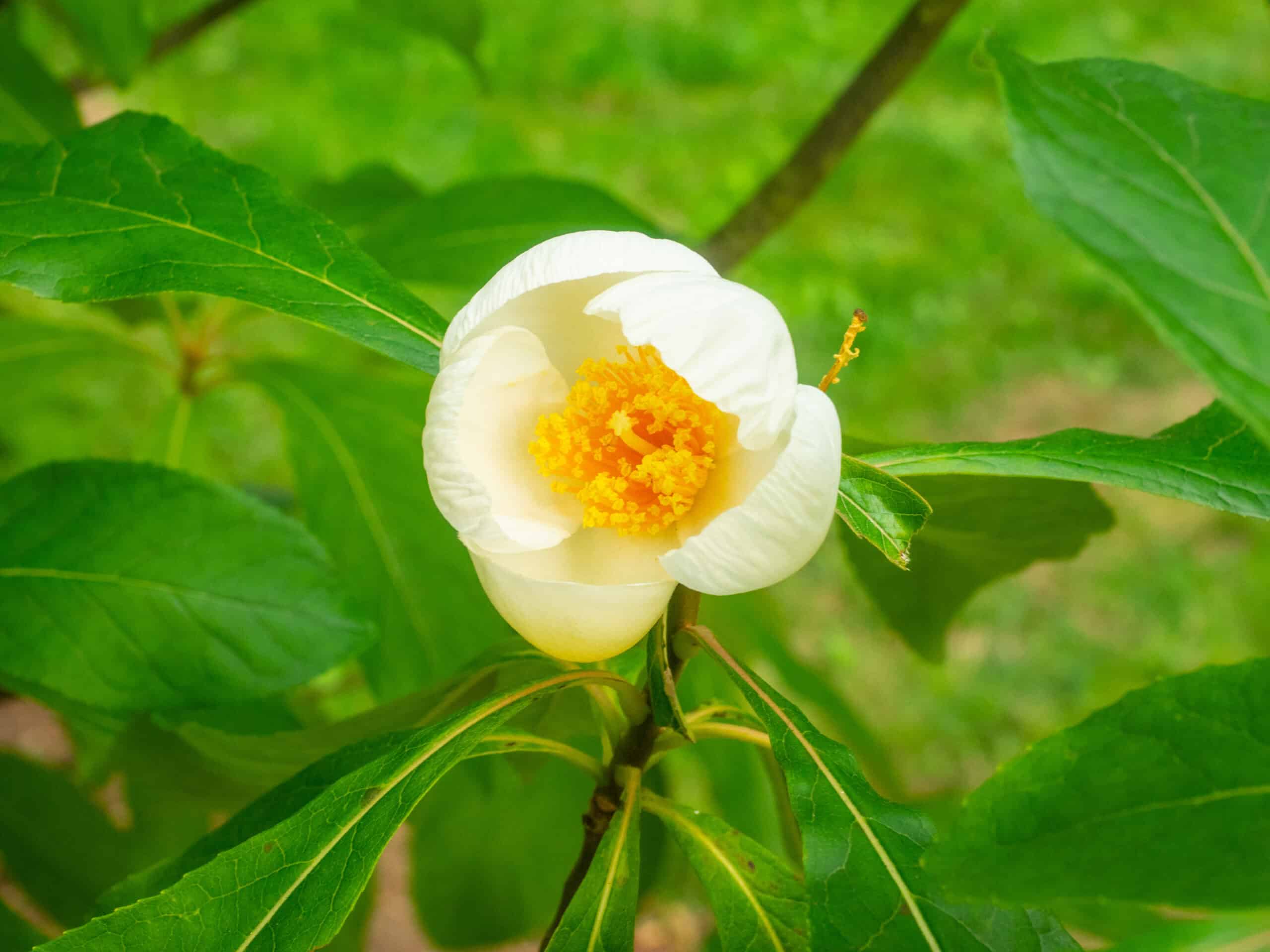
Native to Georgia, USA, the Franklin Tree Flower is known for its white, camellia-like blooms and sweet fragrance. Discovered in the 18th century, it was last seen in the wild in 1803. The tree now survives only in cultivation, largely due to the efforts of botanists who collected seeds before its extinction in the wild. Its historical significance and striking appearance have made it a cherished plant in botanical gardens.
Rothschild’s Slipper Orchid (Paphiopedilum rothschildianum)

Rothschild’s Slipper Orchid, endemic to the rainforests of Borneo, is one of the most coveted orchids among collectors. Its flowers, with long, horizontally striped petals, bloom between April and May. The orchid is often found on limestone cliffs, a habitat threatened by illegal collection and deforestation. Conservation efforts focus on protecting its natural habitat and preventing over-collection, ensuring this stunning orchid can be appreciated by future generations.
Chocolate Cosmos (Cosmos atrosanguineus)
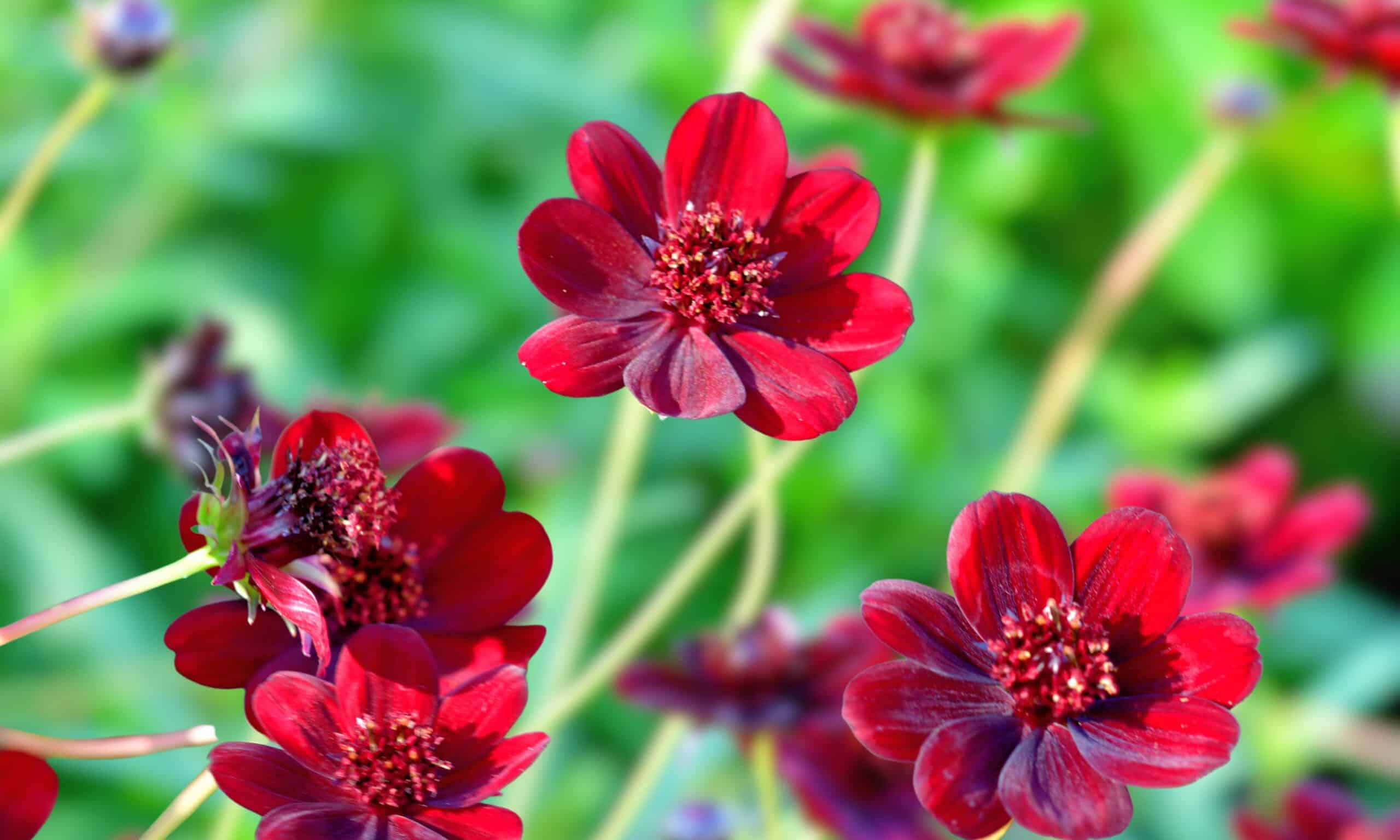
Native to Mexico, the Chocolate Cosmos is cherished for its deep brown, velvety petals and delightful chocolate scent. The flower is extinct in the wild, surviving only through cultivation from a single clone. It blooms from summer to early autumn, requiring specific care to thrive. Gardeners and botanists work diligently to preserve this unique flower, which adds an unusual and fragrant element to gardens.
Kadupul Flower (Epiphyllum oxypetalum)
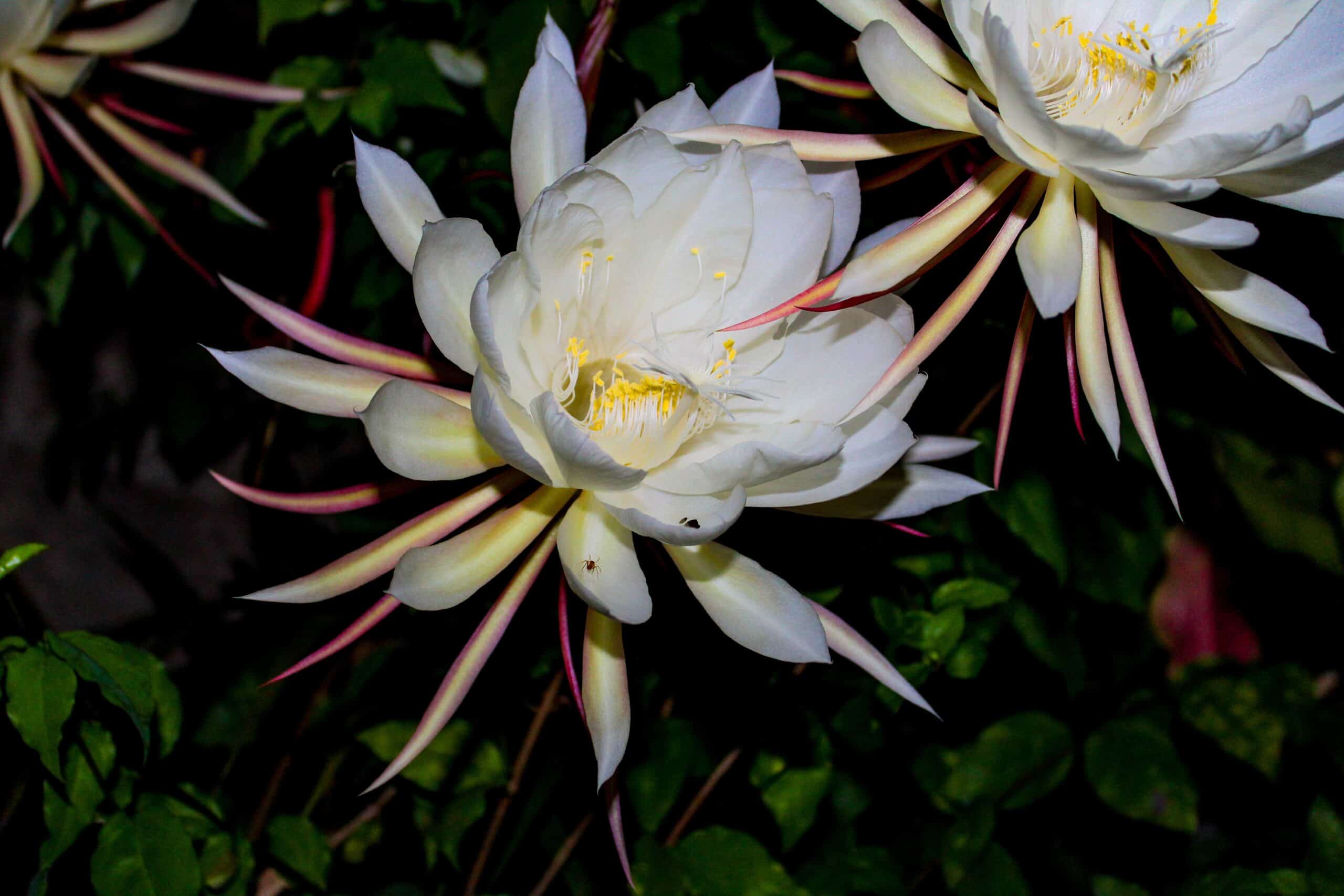
The Kadupul Flower, found in the forests of Sri Lanka, is known for its ephemeral beauty, blooming only at night and wilting before dawn. Its large, white, star-shaped flowers release a sweet, intoxicating fragrance. This nocturnal blooming habit has earned it the nickname “Queen of the Night.” The flower’s fleeting existence symbolizes the transient nature of life and beauty.
Corpse Flower (Amorphophallus titanum)
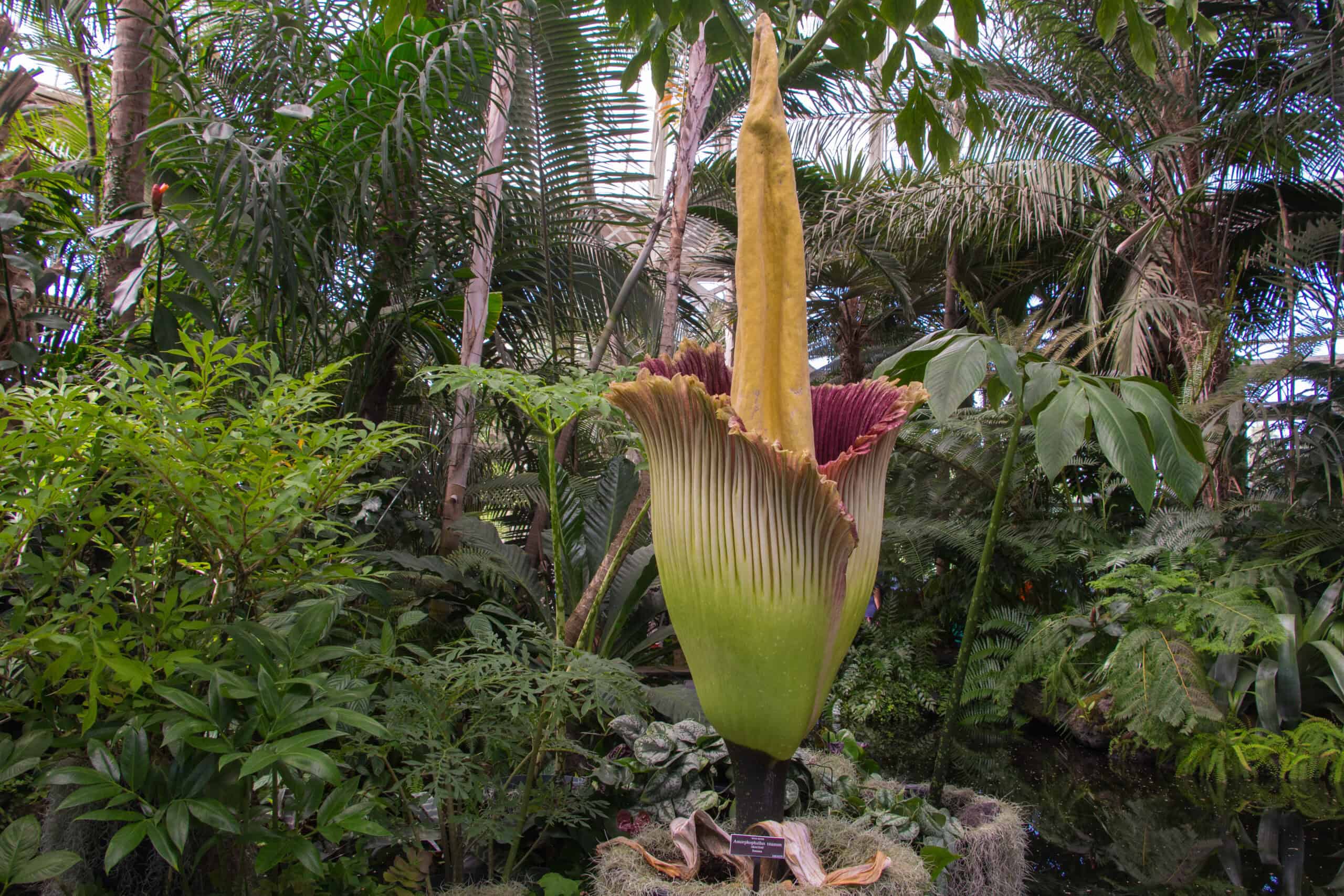
The Corpse Flower, native to the rainforests of Sumatra, Indonesia, is infamous for its overpowering odor, which resembles that of rotting flesh. This colossal flower can reach up to 3 meters in height and blooms infrequently, sometimes taking several years between blooms. Its pungent smell attracts carrion beetles and flies, which are its primary pollinators. The flower’s impressive size and rare blooming events make it a major attraction in botanical gardens worldwide.
Yellow and Purple Lady Slipper (Cypripedium calceolus)
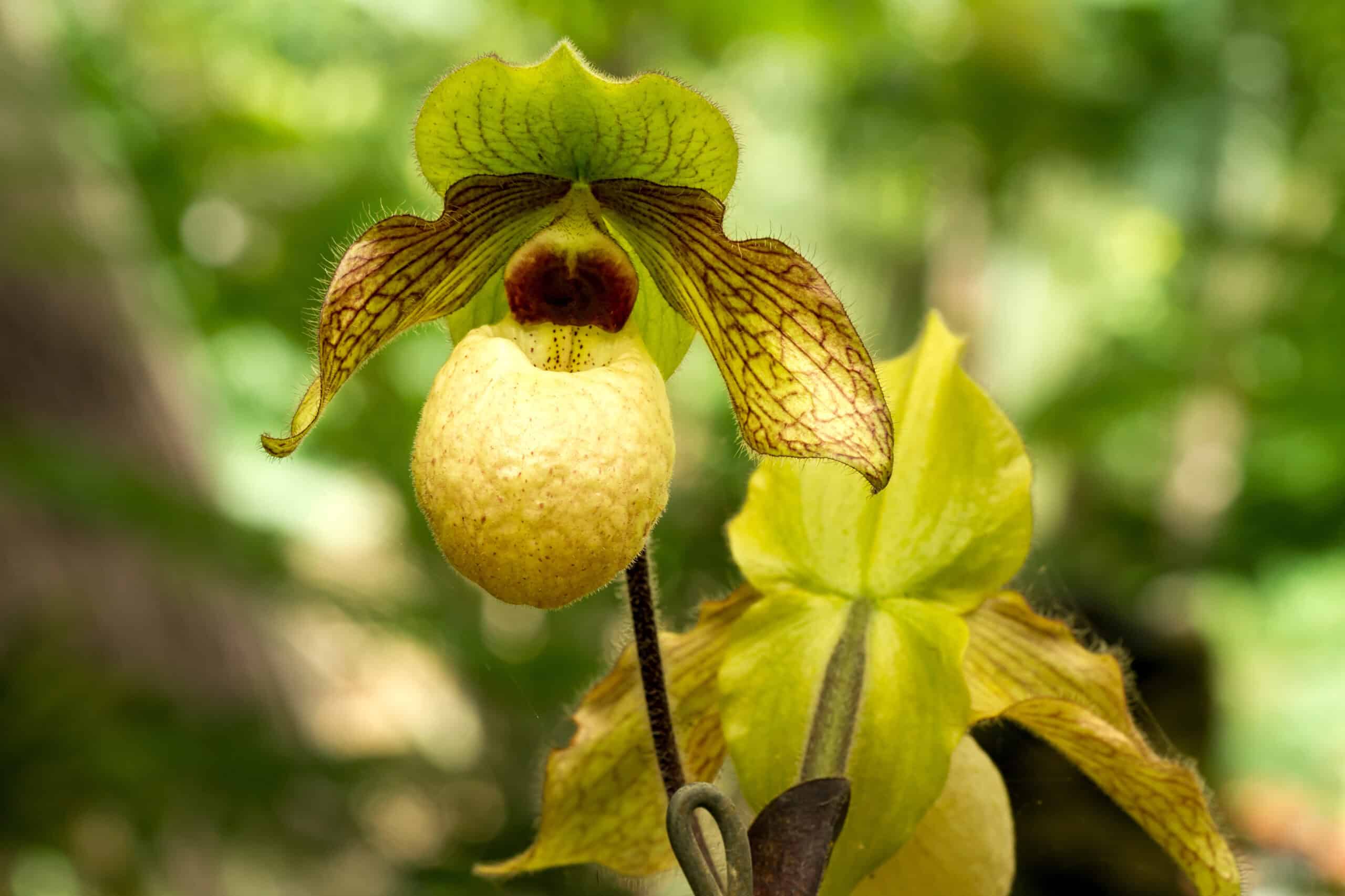
The Yellow and Purple Lady Slipper, found across Europe and Asia, features striking yellow and purple petals. This orchid thrives in calcareous soils and forms symbiotic relationships with specific fungi. It blooms in late spring to early summer, producing flowers that can last for several weeks. Habitat destruction and illegal collection have significantly reduced its population, prompting conservation efforts to protect this beautiful orchid.
Blue Lotus (Nymphaea caerulea)
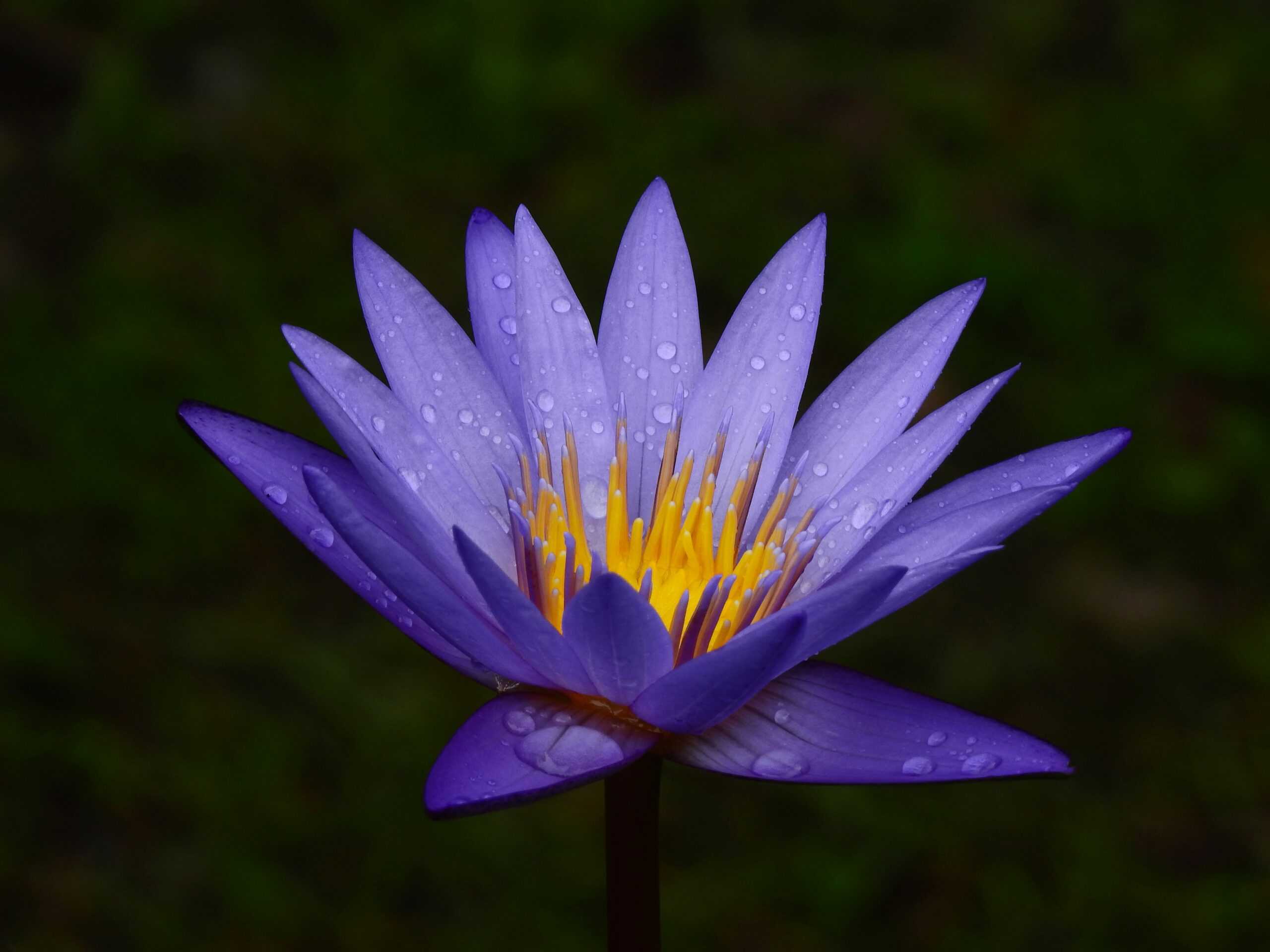
The Blue Lotus, sacred in ancient Egyptian culture, is native to the Nile River and other parts of Africa. This aquatic flower features vivid blue petals and a bright yellow center, symbolizing rebirth and enlightenment. The Blue Lotus thrives in still, shallow water and blooms during the day, closing at night. Environmental changes and habitat destruction have led to a decline in its natural populations, but it is still cultivated for its historical and cultural significance.
Gibraltar Campion (Silene tomentosa)
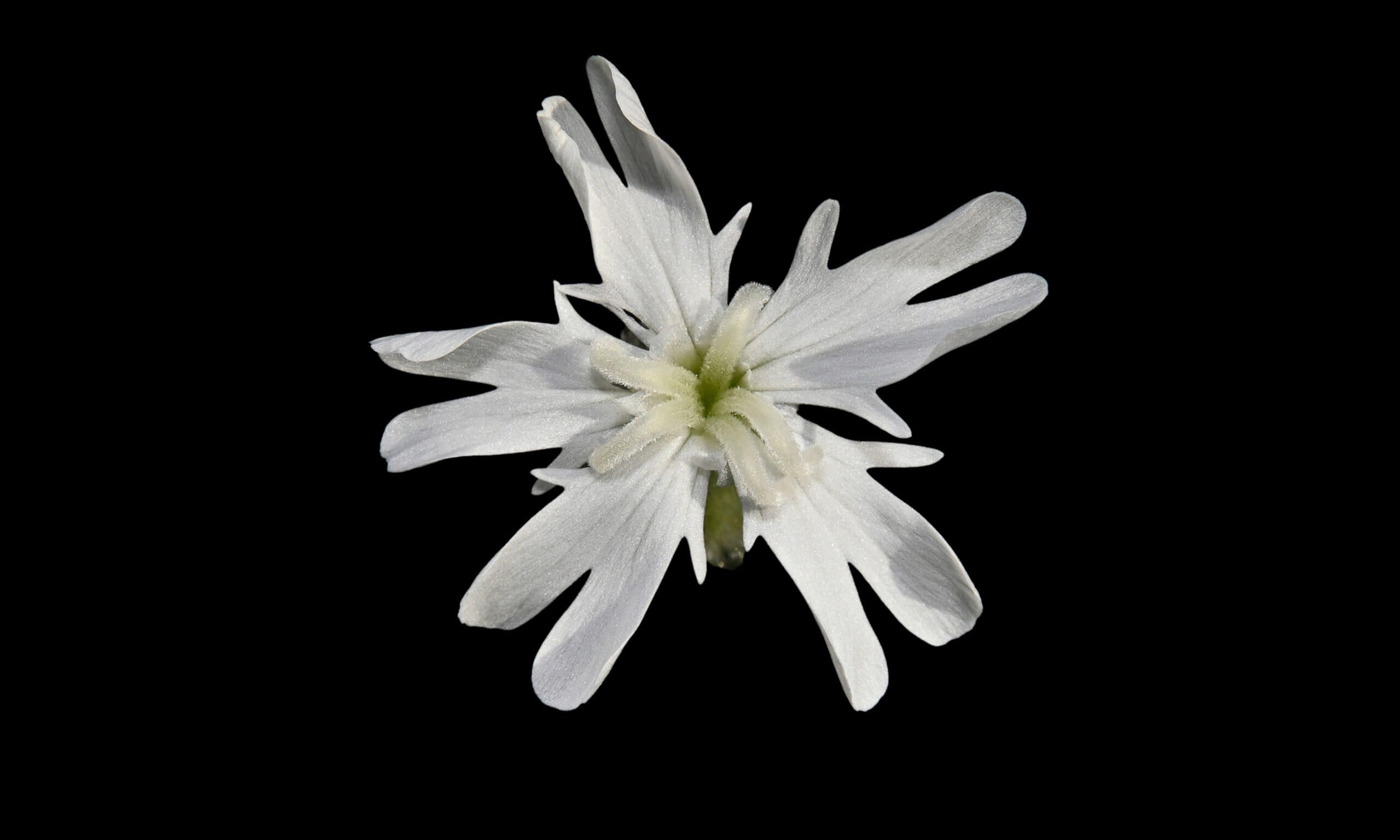
The Gibraltar Campion, found only on the high cliffs of Gibraltar, was thought to be extinct in the wild until its rediscovery in 1994. This resilient flower features delicate pink petals and thrives in rocky, inaccessible areas. Its survival against the odds has made it a symbol of resilience and hope. Conservation efforts focus on protecting its remaining populations and ensuring its continued existence.
Fire Lily (Gloriosa superba)

The Fire Lily, native to tropical Africa and Asia, is renowned for its striking red and yellow petals that curl backward. This climbing plant thrives in forested and grassland areas, blooming from summer to autumn. Over-collection and habitat destruction have led to a decline in its natural populations. Despite its rarity, the Fire Lily remains a popular ornamental plant, known for its fiery beauty and resilience.
Blue Puya (Puya berteroniana)
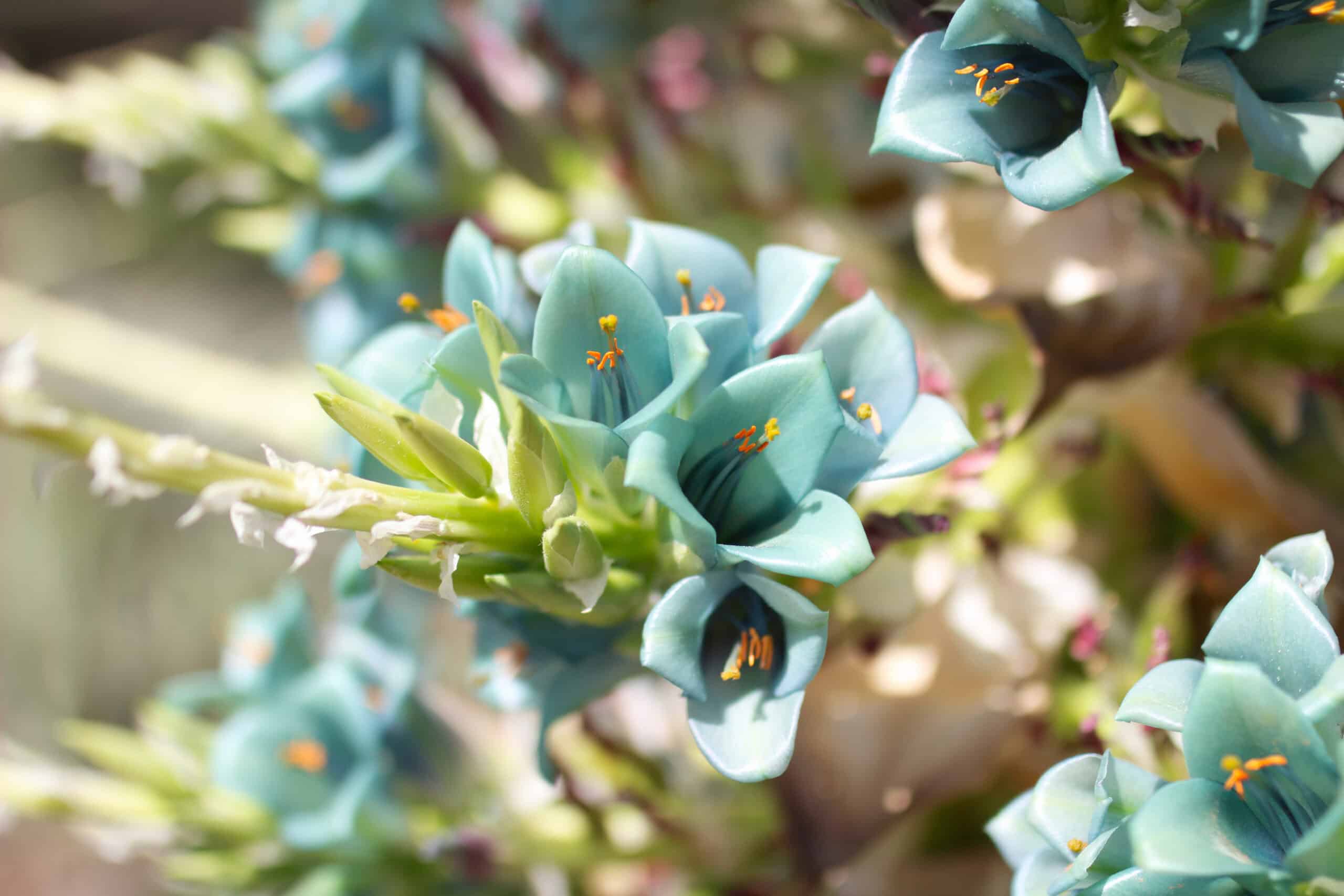
The Blue Puya, native to the high Andes Mountains in Chile, boasts vibrant blue-green flowers with bright orange stamens. This terrestrial bromeliad thrives in rocky, mountainous regions, often growing in poor, well-drained soils. It blooms infrequently, with each plant taking several years to produce flowers. Its remote habitat and specific growing conditions contribute to its rarity, making it a prized specimen in botanical gardens.
Welwitschia (Welwitschia mirabilis)
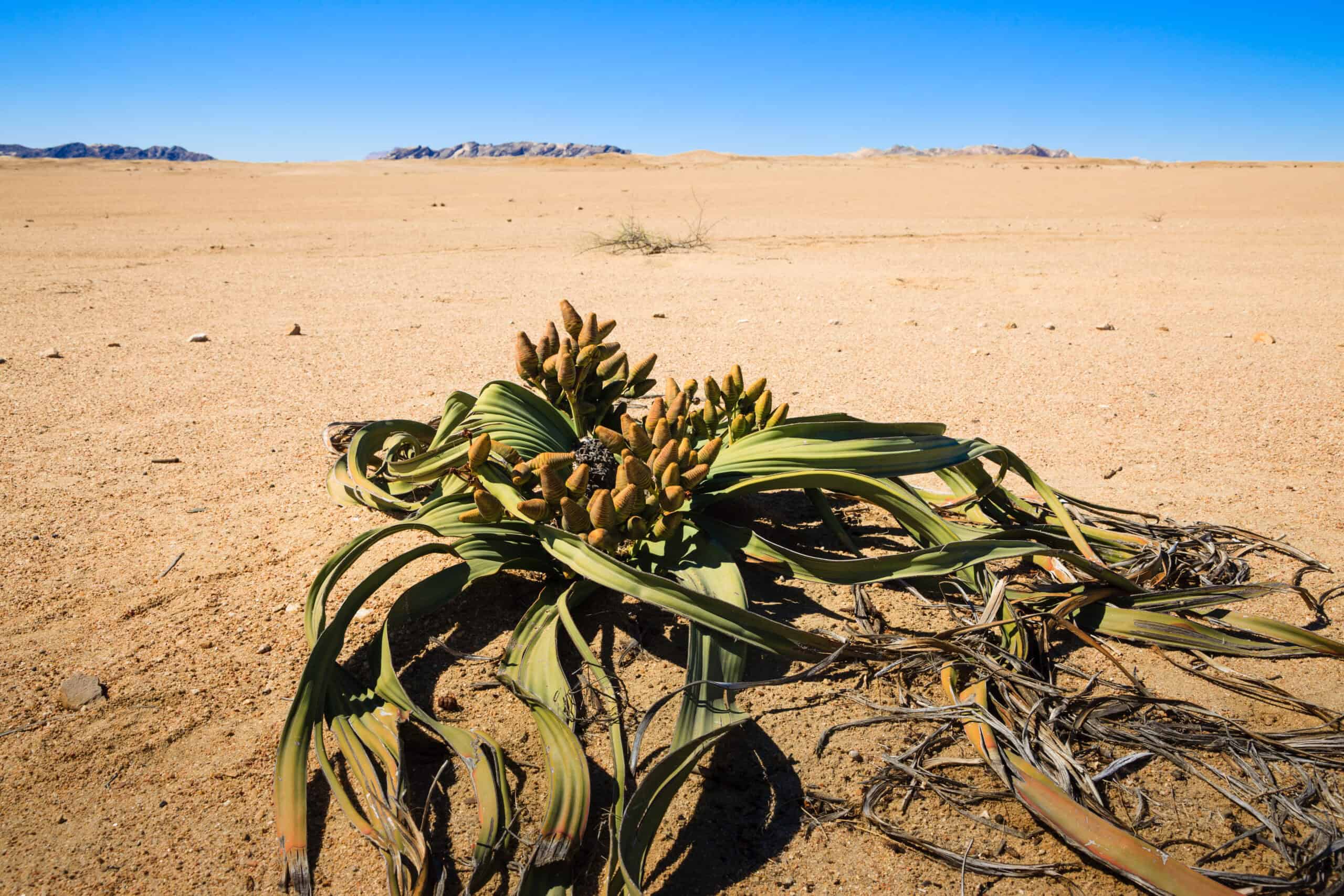
The Welwitschia, found only in the Namib Desert of Namibia and Angola, is an ancient plant with just two leaves that grow continuously throughout its life. These leaves can reach lengths of up to 4 meters. Its flowers are small and inconspicuous, appearing on separate male and female plants. The Welwitschia’s ability to survive in extreme desert conditions makes it a botanical marvel and a focus of scientific study.
Shenzhen Nongke Orchid
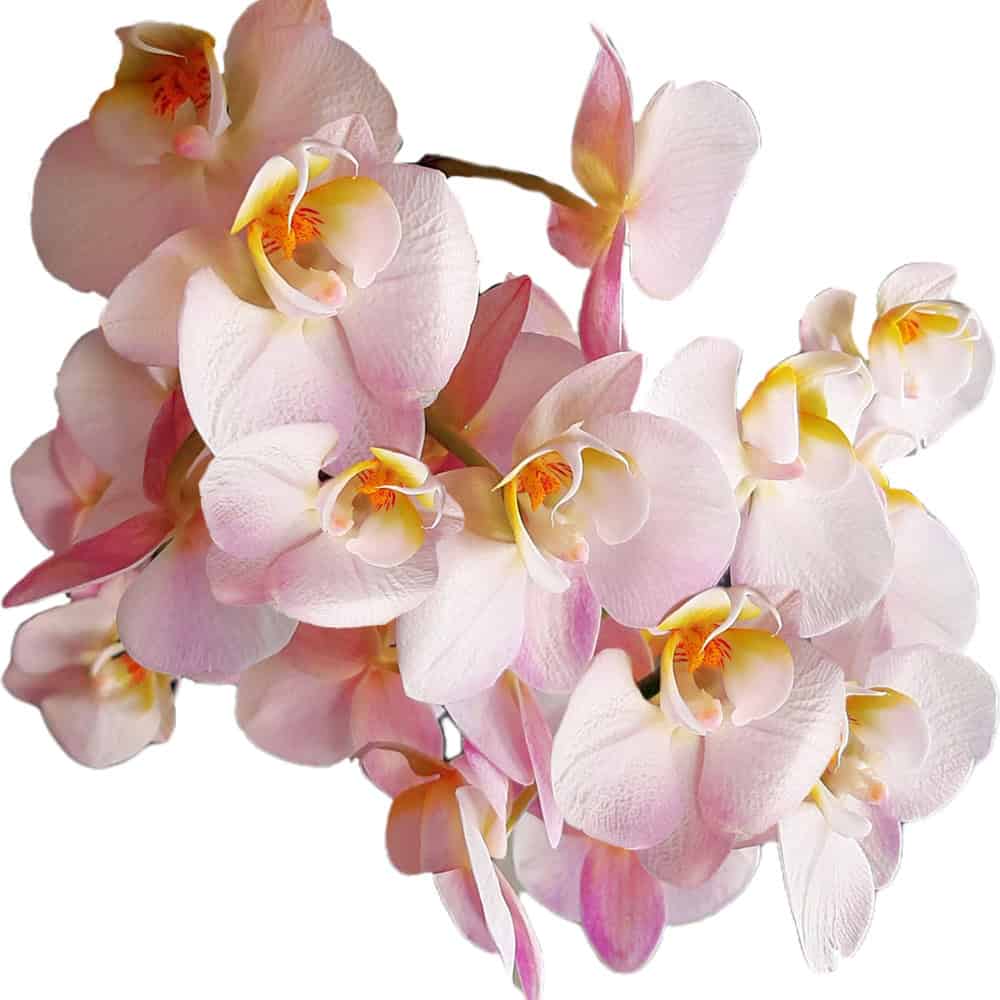
The Shenzhen Nongke Orchid is a man-made hybrid developed in China over eight years. This orchid is extremely rare and expensive, with its beauty and slow growth rate contributing to its high value. It blooms once every four to five years, producing delicate, intricate flowers. Its uniqueness and rarity have made it a coveted prize among orchid collectors and enthusiasts.
Lady’s Slipper Orchid (Cypripedium calceolus)

The Lady’s Slipper Orchid, found in parts of Europe and Asia, features distinctive slipper-shaped flowers in vibrant colors. This orchid thrives in specific soil conditions, often in calcareous or limestone-rich areas. Its blooming period is from May to July, during which it displays its striking flowers. Habitat destruction and illegal collection have led to its decline, prompting conservation efforts to protect and preserve this beautiful orchid.
Rafflesia arnoldii
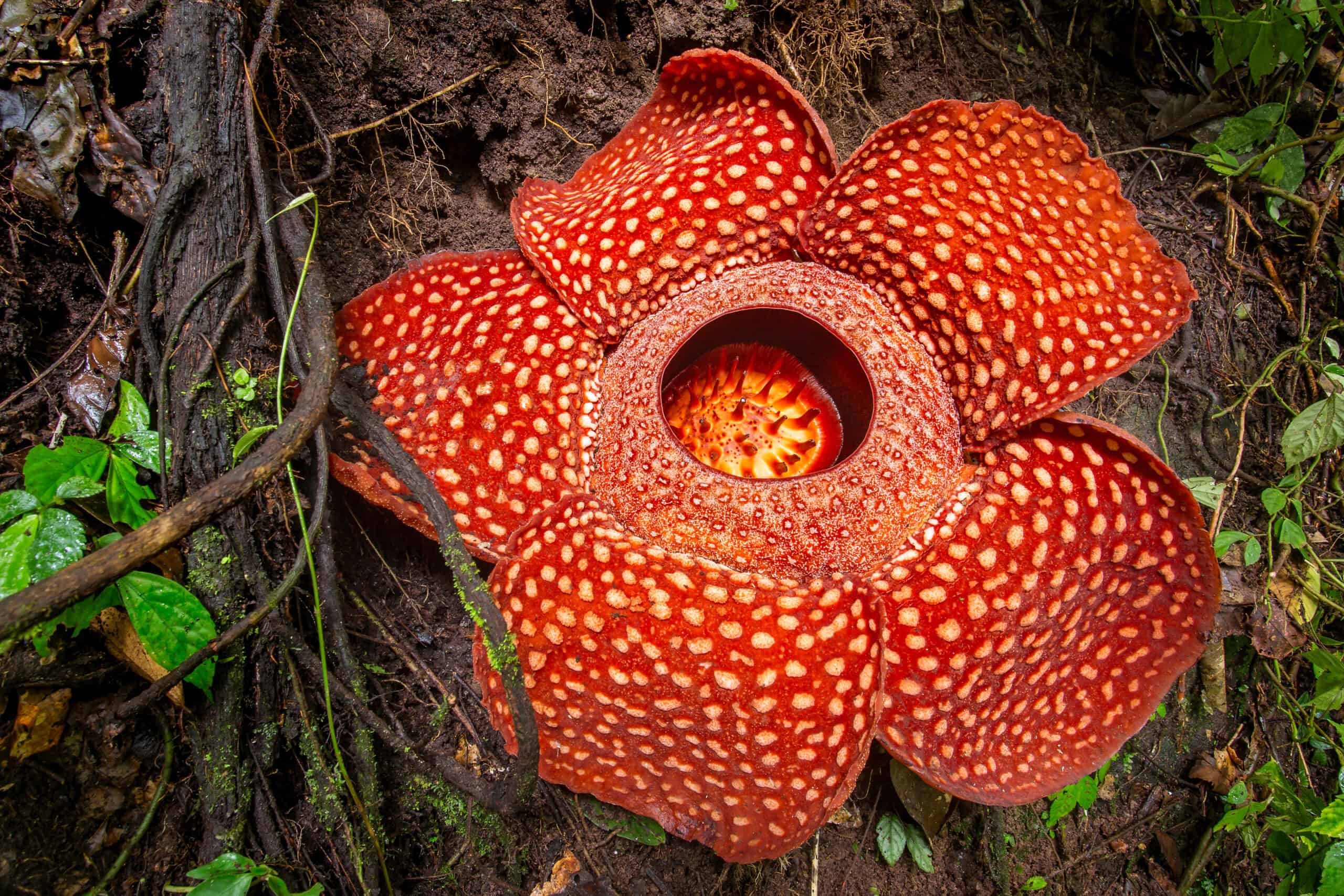
The Rafflesia arnoldii, native to the rainforests of Indonesia, is known for producing the largest individual flower in the world, measuring up to 1 meter in diameter. This parasitic plant emits a strong odor of decaying flesh to attract carrion flies for pollination. Its rarity is due to its specific host requirements and the lengthy time it takes to bloom. The Rafflesia arnoldii is a fascinating example of the diverse and unique flora found in remote tropical regions.
Monkey Face Orchid (Dracula simia)

The Monkey Face Orchid, found in the cloud forests of Ecuador and Peru, has flowers that remarkably resemble a monkey’s face. This orchid thrives in cool, damp environments at high altitudes. Its blooming period can vary, but it typically flowers in the spring and autumn. The Monkey Face Orchid’s unusual appearance and specific habitat requirements contribute to its rarity, making it a subject of intrigue and admiration among botanists and plant enthusiasts.
This article originally appeared on Rarest.org.
More From Rarest.Org
In the world of exotic birds, some species stand out not only for their beauty and rarity but also for their astonishing price tags. From vibrant macaws and elegant pigeons to striking cockatoos and colorful finches, these birds captivate collectors and enthusiasts alike. Read more.
Despite the country’s short existence, the United States has a complex currency history with various banknotes, error misprints, and limited editions that could be worth a lot of money. Read more.
Have you ever wondered where some of the most common sayings we use every day come from? Many of these phrases have bizarre and intriguing origins that have been lost over time. Read more.

